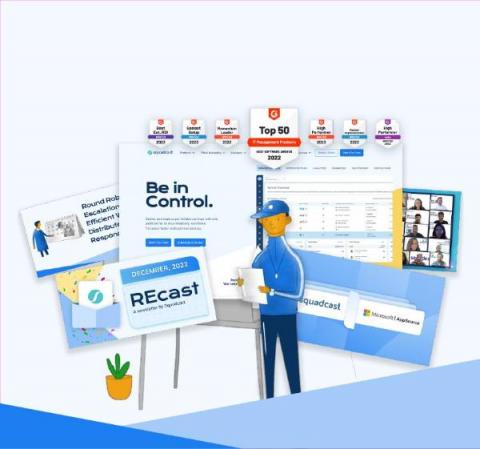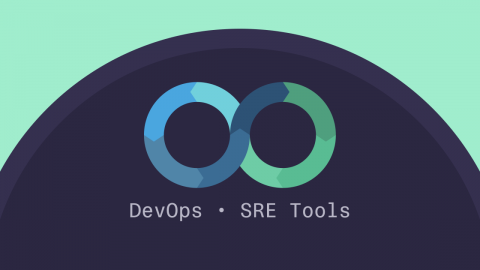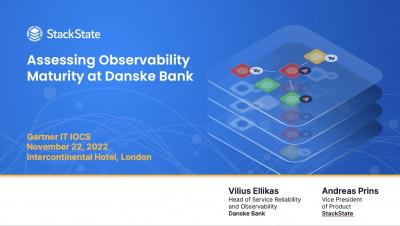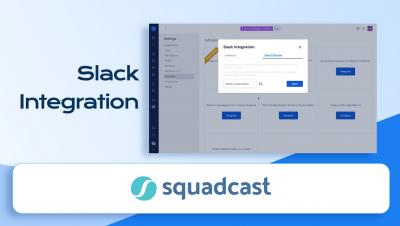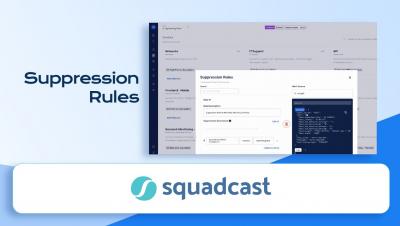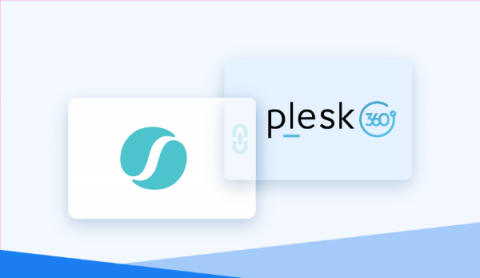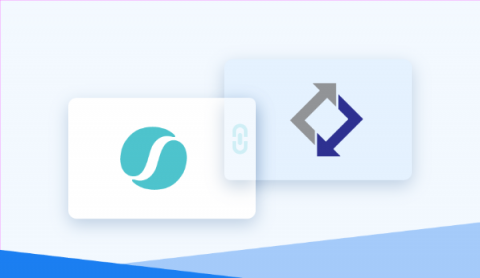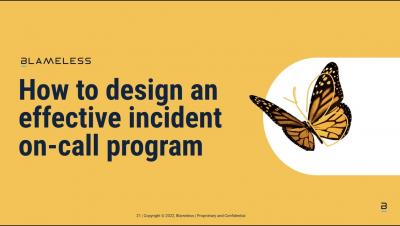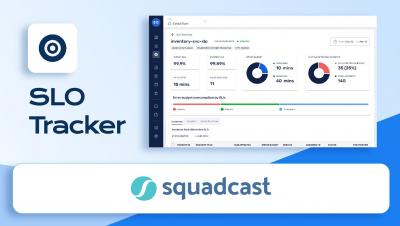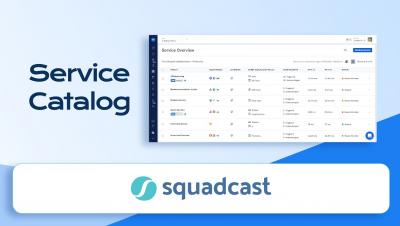Operations | Monitoring | ITSM | DevOps | Cloud
December 2022
Looking back at our journey through 2022
15 DevOps and SRE Tools you Should Know About in 2023
With the constantly evolving landscape of technology, professionals in the DevOps and SRE fields need to stay up-to-date and knowledgeable about the tools and practices driving the industry forward. Whether you are just starting your career or have been working in DevOps or SRE for years, this post will provide valuable insights and information on the tools you should be familiar with as we head into 2023.
Squadcast + Hund Integration: A Simplified Approach for effective Alert Routing
Getting Amazon GuardDuty alerts via SNS Endpoint
The importance of structured communication in the world of SRE
How you communicate helps build your 9s. In the world of Site Reliability Engineering, this is crucial. How do you do it?
Maximize efficiency with Terraformer: Manage Squadcast resources via IaC
Assessing Observability Maturity at Danske Bank
SRE Best Practices
Introduction to Kubernetes Imperative Commands
Creating Routing Rules I Creating Incident Routing Flows I Alert Routing I Event Tags I Squadcast
Integrating Slack & Squadcast- Trigger, Acknowledge, Resolve & Reassign incidents from Slack channel
Alert Suppression Rules in Squadcast to prevent Alert fatigue | Squadcast
Using StatusPage at squadcast | SRE Best practices | Squadcast
Schedules | On-Call Rotations | Set up On-Call Schedules
Plesk 360 + Squadcast: Alert Routing Made Easy
A New Era for Squadcast
Tagging & Routing at Squadcast | Incident Management | Squadcast
Escalation Policy I Round Robin & Advanced Escalations I Incident Assignment Strategies I Squadcast
Integrating Microsoft Teams & Squadcast - Acknowledge, Resolve & Reassign Incidents | Squadcast
APImetrics + Squadcast: Routing Alerts Made Easy
SRE Maturity Model: How Do You Assess Your Team?
Observability Pipelines for an SRE
In data management, numerous roles rely on and regularly use observability data. The Site Reliability Engineer is one of these roles. Site Reliability Engineers (SREs) work on the digital frontlines, ensuring performant experiences by using observability data to maintain stability and awareness of software running in various environments across organizations.
How to design an effective incident on-call program
Season's Freezings: Change Freezes with Rich Lafferty
A New Era for Squadcast
Using Squadcast's SLO Tracker | Error Budget | Setting up SLOs and configuring SLIs | Squadcast
Introduction to Service Catalog | Service Ownership | Service Classification | Squadcast
Squadcast Product Demo
Tag You're It: Organized, Configurable Tagging is a Must-do for Great Incident Analytics.
Swimlane Frameworks and Diagrams for Structured Incident Resolution
Outages ITOps professionals are thankful to avoid
As we settle into the time of year when we reflect on what we're thankful for, we tend to focus on important basics such as health, family and friends. But on a professional level, IT operations (ITOps) practitioners are thankful to avoid disastrous outages that can cause confusion, frustration, lost revenue and damaged reputations. The very last thing ITOps, network operations center (NOC) or site reliability engineering (SRE) teams want while eating their turkey and enjoying time with family is to get paged about an outage. These can be extremely costly - $12,913 per minute, in fact, and up to $1.5 million per hour for larger organizations.
Toil: Still Plaguing Engineering Teams
Our industry has always had localized expressions for work that was necessary but didn’t move the company forward. The SRE movement calls this type of work “toil.” The concept of toil is a unifying force because it provides an impartial framework for identifying — then containing — the work that takes up our time, blocks people from fulfilling their engineering potential, and doesn’t move the company forward.



